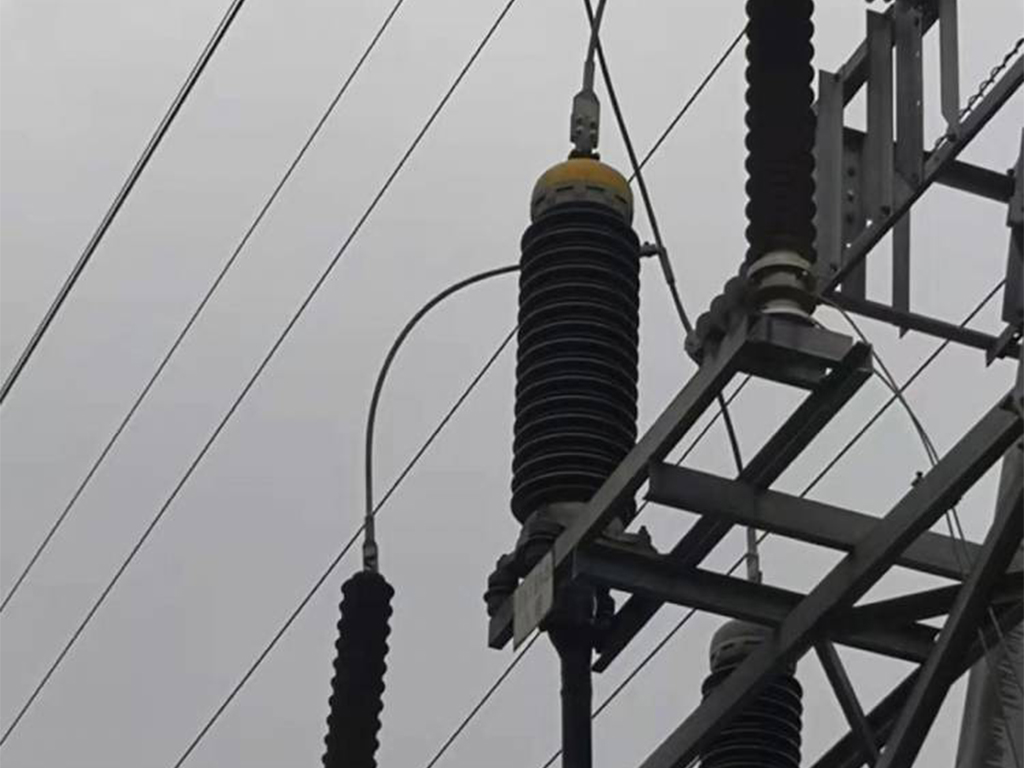en
+
In today's technology-driven world, the protection of sensitive electronic equipment is paramount. Among the many tools and components used to safeguard our electronics, Metal-Oxide Varistor (MOV) blocks stand out as unsung heroes. These devices play a crucial role in ensuring that our gadgets and appliances remain unharmed in the face of voltage surges and transient disturbances. In this article, we'll delve into the world of MOV blocks, exploring what they are, their purpose, components, working principle, and their significance in modern electronics.
A Metal-Oxide Varistor, or MOV for short, is a semiconductor device that exhibits a non-linear voltage-current characteristic. In simpler terms, it's a voltage-clamping device that can protect electronic circuits from voltage spikes and surges. MOVs are typically made from a ceramic material, which contains zinc oxide in its core. This zinc oxide is the key to their protective properties.
The primary purpose of a MOV block is to act as a sacrificial component that diverts excess electrical energy away from sensitive electronic equipment. When a voltage surge occurs, the MOV responds by becoming conductive, effectively shunting the surplus energy to the ground. This ensures that the voltage level supplied to connected equipment remains within safe limits, preventing damage to the equipment.
MOV blocks are relatively simple in terms of their components. The key elements include:
Zinc Oxide: The core of the MOV is composed of a ceramic material with zinc oxide as its primary component. This zinc oxide has the remarkable ability to change its electrical resistance in response to varying voltage levels.
Electrodes: MOVs have metal electrodes attached to the ceramic material. These electrodes allow for the connection of the device within an electronic circuit.
Encapsulation: To protect sensitive components from environmental factors, MOVs are often encapsulated in a ceramic or epoxy housing, safeguarding them from moisture and contaminants.
The working principle of an MOV block is based on its non-linear voltage-current characteristic. Under normal operating conditions, the MOV has a high resistance, allowing only a small leakage current to pass through. However, when the voltage across the MOV exceeds a certain threshold (known as the breakdown voltage), its resistance drops dramatically, and it becomes highly conductive. This rapid change in behavior effectively "clamps" the voltage to a safe level, protecting the connected equipment from damage.
MOV blocks are remarkably effective at handling transient voltage surges, such as those caused by lightning strikes, power surges, or electrical faults. They act swiftly, diverting excess energy away from sensitive circuits, ensuring the safe and continuous operation of electronic equipment.
In today's interconnected world, where electronic devices are integral to our daily lives, MOV blocks are indispensable. They provide a crucial layer of protection, safeguarding our gadgets, appliances, and critical infrastructure from the potentially damaging effects of voltage spikes and surges.
The next time you plug in your computer, charge your smartphone, or turn on your home appliances, remember the silent guardians - MOV blocks - working tirelessly behind the scenes to keep your electronics safe and operational. Their importance in preserving the integrity of our digital lives cannot be overstated, making them an essential component of modern electronics.




